Research on Kenwood
Since 1986 Kenwood and the Iveagh Bequest have been in the care of English Heritage, which continues to research and conserve them. Much work has been done on the 18th-century history and architecture of Kenwood, and the 2012–13 refurbishment project has led to significant discoveries. Several gaps in our knowledge of the site remain, however.
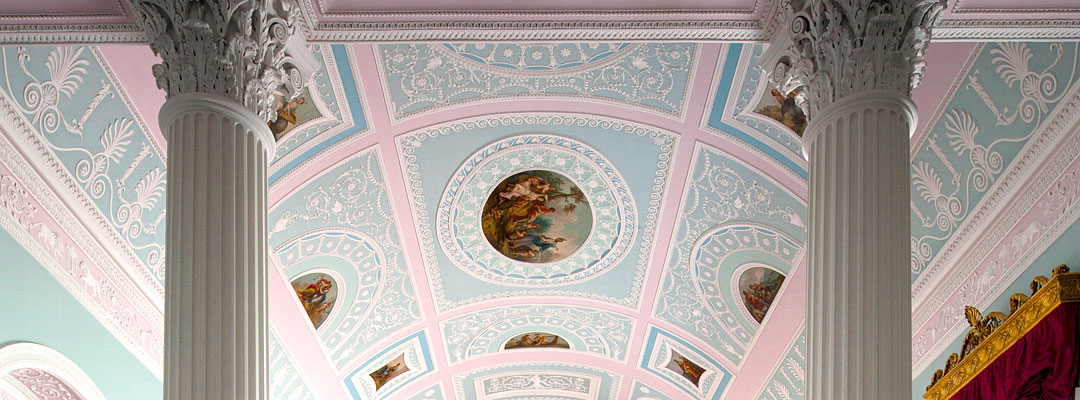
Historical Research
Research related to the history and conservation of Kenwood has been summarised in the unpublished ‘Conservation plan: Kenwood, The Iveagh Bequest’, commissioned by English Heritage in 2011.[1] This report used the curatorial research files at Kenwood and the well-researched guidebooks to Kenwood, particularly those by former curator Julius Bryant.[2]
An overview of the early history of the site was published in 1936 in the Survey of London.[3] Subsequent descriptions of the house and estate before the work of Robert Adam in the 18th century have largely been based on this account, although Lord Bute’s occupancy was detailed in the research of Francis Russell.[4]
Kenwood and Adam
The Adam brothers’ contribution to the building and interior decoration of Kenwood has been discussed in a number of studies of their work.[5]
Later History
The later architectural history of Kenwood up to the present day has not been published outside the guidebook, although a number of articles and books touch on the house during various periods of occupancy.[6]
Collections
The development of Lord Iveagh’s collection and the installation of the Iveagh Bequest at Kenwood are documented in Julius Bryant’s catalogue of paintings.[7]
Since the 1970s some of the original pieces of furniture designed by Adam and lost to the house at the Kenwood sale in 1922 have been reacquired after detective work on both sides of the Atlantic to discover their whereabouts (see Sources for Kenwood).
Restoration Project
The major refurbishment of Kenwood in 2012–13 involved significant research and discoveries that helped to guide the restoration process. Analysis of the house exterior, for example, revealed the sanded paint (now recreated on the north front) favoured by the 2nd Earl of Mansfield in the 1790s, when the house reached its present form.
Paint analysis of the interiors, and the evidence of bills and an inventory of 1796 in the Mansfield family archive at Scone Palace, made it possible to recreate the original colour schemes in the entrance hall, Great Stairs, ante-chamber and library.
Research Gaps
- The early house 1600–1754: there is a lack of information about the appearance and architectural history of the pre-Adam house and some confusion about its owners and occupants. The earliest known views of it date from 1755 and 1756 (see Sources for Kenwood).
- Dispersal of the Adam contents: the whereabouts of most of the contents originally designed by Robert Adam for his interiors at Kenwood, documented in the 1922 sale catalogue,[8] are unknown.
Footnotes
1. J Weekes, ‘Conservation plan: Kenwood, The Iveagh Bequest’, 2 vols, unpublished report, The Built Heritage Consultancy/MRDA (2011).
2. J Bryant, The Iveagh Bequest, Kenwood (English Heritage guidebook, London, 1990); J Bryant, Kenwood: The Iveagh Bequest (English Heritage guidebook, London, 2001).
3. G Gater and W Godfrey (eds), Survey of London: The Parish of St Pancras, part 1: The Village of Highgate (London, 1936), 114–32 (accessed 11 October 2013).
4. F Russell, John, 3rd Earl of Bute: Patron and Collector (London, 2004).
5. For example E Harris, The Genius of Robert Adam: His Interiors (New Haven and London, 2001).
6. AT Bolton, ‘Kenwood, Hampstead. The residence of HIH The Grand Duke Michael of Russia’, Country Life, 34, no. 881 (22 Nov 1913), 710–18; R Trevelyan, Grand Dukes and Diamonds: The Wernhers of Luton Hoo (London, 1991).
7. J Bryant, Kenwood: Paintings in the Iveagh Bequest (London, 2003).
8. CB King, Catalogue of choice and valuable furnishings, ... within Kenwood Mansion, Hampstead, including French furniture, furniture designed for Kenwood by Robert Adam (sale catalogue, 6–9 November 1922).
More about Kenwood
-
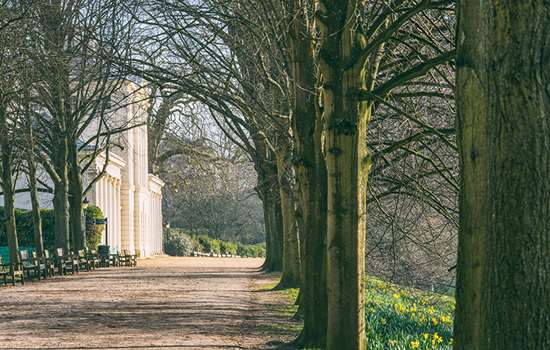
VISIT KENWOOD
Kenwood’s breathtaking interiors, world-class art collection and glorious parkland are free for everyone to enjoy.
-
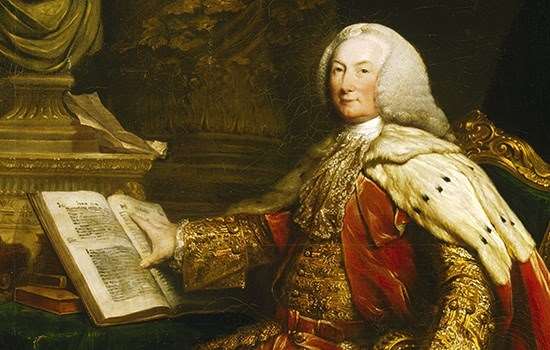
History of Kenwood
Discover Kenwood’s history, from its 17th-century beginnings to the recent restoration of its Georgian grandeur.
-
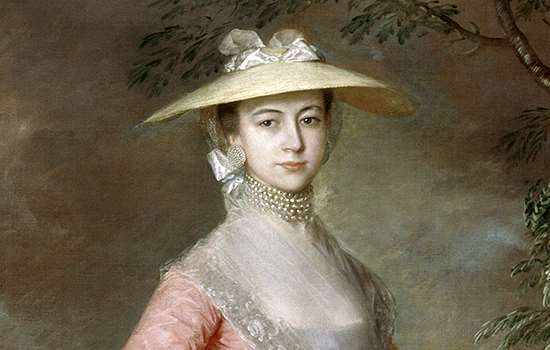
KENWOOD COLLECTION HIGHLIGHTS
Explore highlights from the collection, including paintings by Rembrandt, Vermeer, Van Dyck and Turner.
-
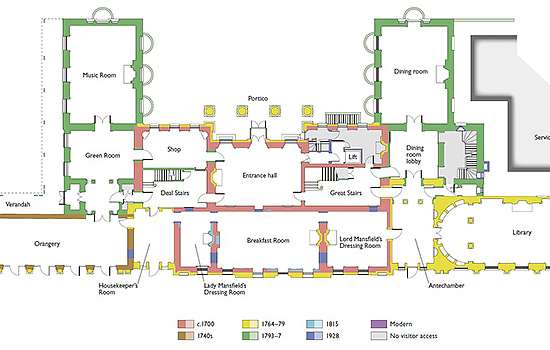
Download a plan of Kenwood
Download these floor plans to explore in detail how the villa at Kenwood has been altered over time.
-
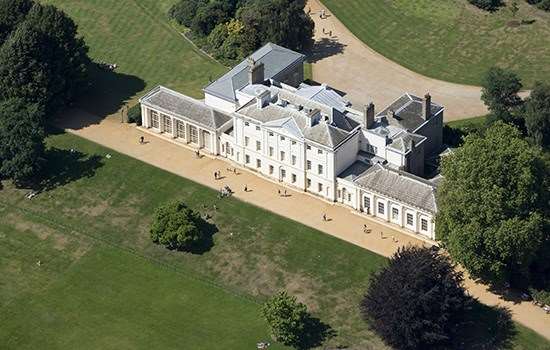
Description of Kenwood
Discover more about the architecture of Kenwood House, designed by Robert Adam.
-
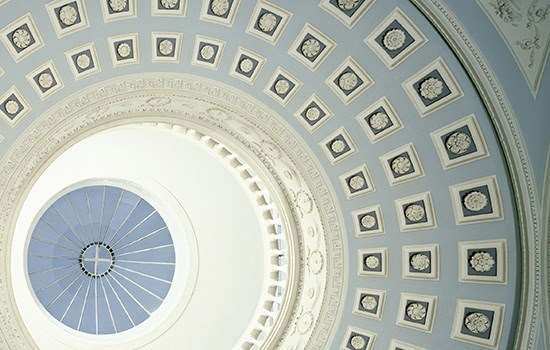
Why does Kenwood matter?
Learn why Kenwood’s architecture and interiors, as well as its collections, are considered so significant.
-
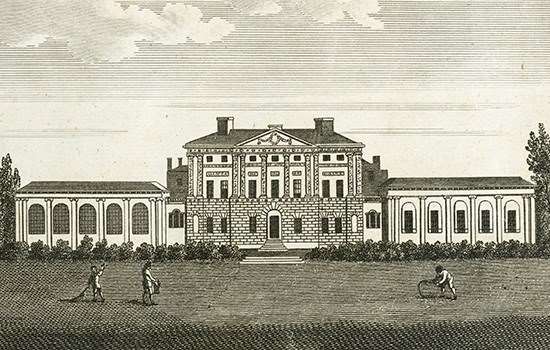
Sources for Kenwood
Use this summary of primary and secondary sources to find out more about Kenwood’s history.
-
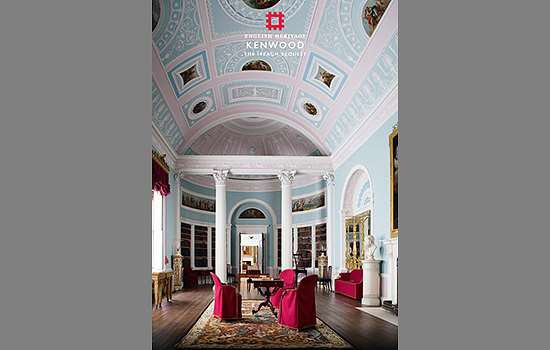
Buy the Guidebook
Learn more about Kenwood’s history with the official guidebook, which also includes a full tour of the house.
